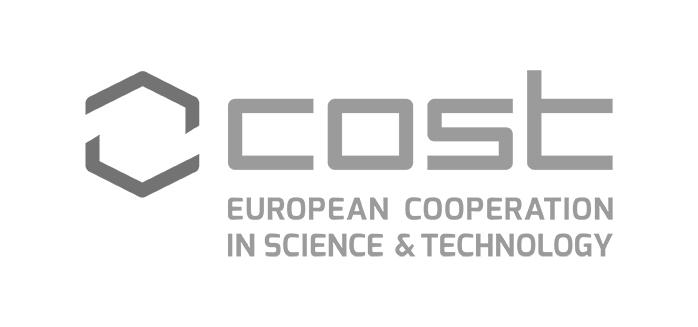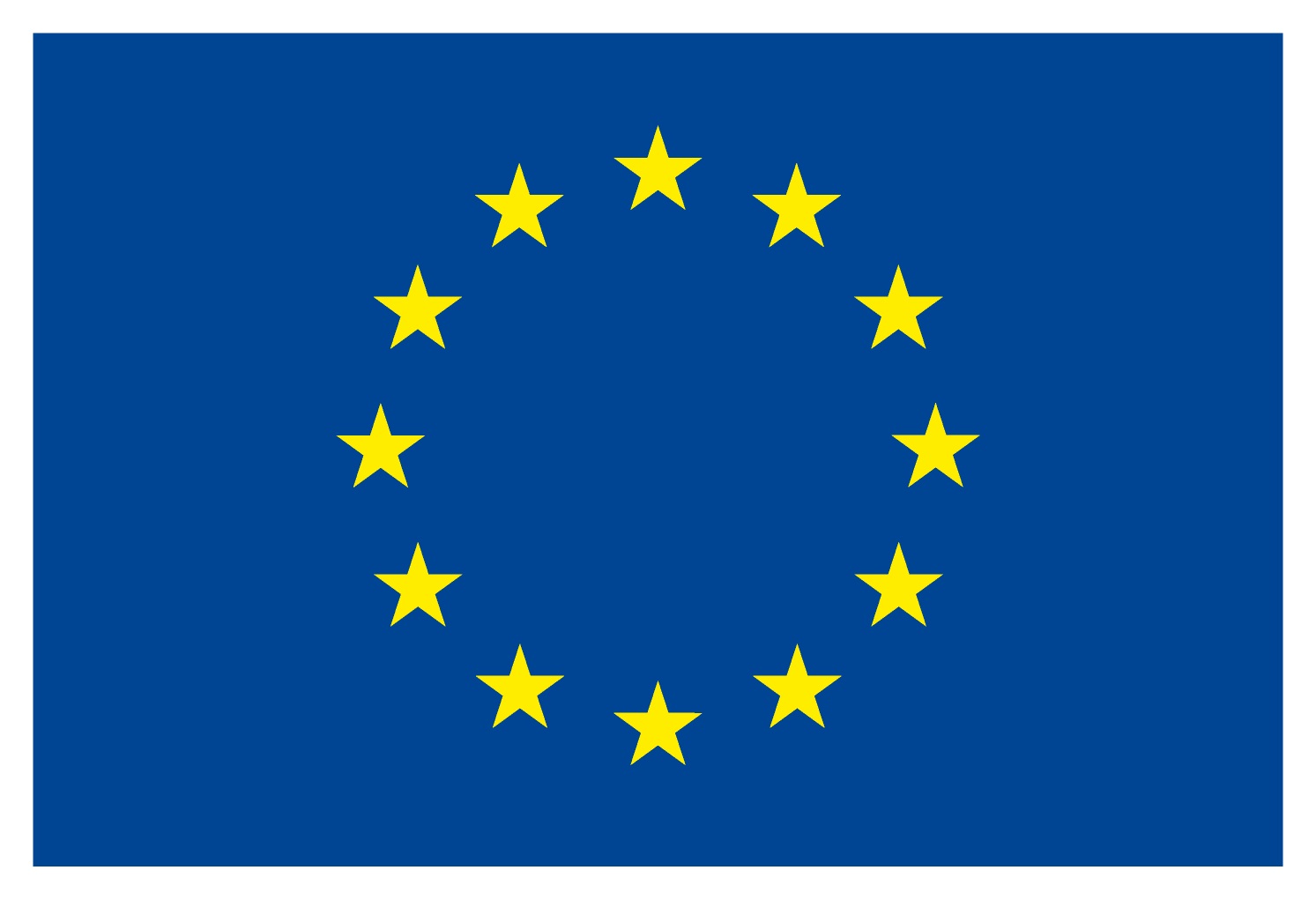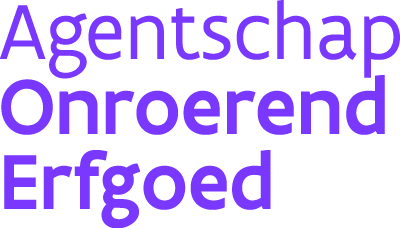Ghent University and the Flemish Heritage Agency organize a virtual workshop on geophysics in archaeology & archaeological monitoring in collaboration with COST Action SAGA (CA17131).
Format
-Prerecorded 20 min presentation videos to be watched before the workshop. These videos will be available via a password protected web-page.
-Lightning talks+Q&A via MS TEAMS in the mornings (10h-12h CET) of the workshop days.
-Roundtable discussion VIA MS TEAMS using Whiteboard in the afternoons of the workshop days (13h-15h CET).
Participation
If registered, the workshop content is available through this password protected participation page.
Program & presentation topics
16/11/2021: Geophysics in archaeology
10h-12h (CET): Lightning talks of recorded videos+Q&A
| De Smedt | Philippe | UGENT | Which types of information can geophysics provide for archaeologists-a practical perspective. |
| Nguyen | Frédéric | ULIEGE | Can I fully trust the colored images that geophysicists give me? |
| Blanchy | Guillaume | ILVO | The rise of geophysics for agricultural applications: what, why and for whom? |
| Anderson Stamnes | Arne | NTNU | Geophysical methods in archaeology: situation, trends, applications and challenges in Scandinavian archaeological resource management. |
| Simon | François-Xavier | INRAP | Geophysical methods in preventive archaeology: Consequences of archaeological feedback on the current practices at Inrap. |
| Trinks | Immo | UVIENNA | Future perspectives on archaeological geophysics. |
13h-15h (CET):Parallel roundtable discussions
Roundtable discussion 1: Geophysical methods in (development-led) archaeological resource management.
This roundtable is coordinated by the PROSPECT international thematic network (moderated by J. Verhegge)
Contrary to archaeological research in academic contexts, where geophysical methods are well-established and widely applied, the extent of the application in development-led archaeological resource management strategies differs strongly internationally. In fact, most development-led archaeological evaluation studies continue to rely primarily on invasive archaeological prospection methods (e.g. trial trenching, test pitting, core- or auger sampling) to detect, identify and evaluate archaeological remains.
This discussion groups aims to address following issues:
-How does the application of geophysical methods differ in development-led archaeology internationally? Is this difference related to differing archaeological resource management systems (commercial, governmental, academic,…), the environmental context (soils, geology, landuse, …), research traditions, recent developments, …?
-Are geophysical methods over- or under-applied in these different archaeological evaluation contexts? What are the ensuing risks and opportunities for archaeological heritage management?
-How do we deal with uncertainty of geophysical results and archaeological interpretations in development-led site evaluations?
-Which strategies are suitable for combining both geophysical and/or invasive archaeological prospection methods in (development-led) archaeological prospection?
Roundtable discussion 2: Geophysical methods in archaeological prospection and precision agriculture
This session is coordinated by the IPAAST project (moderated by P. De Smedt)
Since the 2000s, growing concerns over environmental impacts of agriculture and advances in geospatial technologies have led to the emergence of Precision Agriculture (PA), which is positioned to fundamentally change the way in which rural landscapes are managed. Precision agriculture shares several survey technologies with those used in archaeogeophysical survey.
The data resulting from surveys and monitoring in PA have varying spatial and temporal scales and provide opportunities and challenges for archaeological use. First, even if much of the collected PA data is potentially of archaeological interest, it is significantly different from current archaeological prospection data. Therefore, it requires new analytical and interpretative approaches. Second, developing data sharing schemes with PA practitioners invites archaeologists to develop new relationships and to promote a positive shared agenda, but doing so involves significant social and policy challenges.
In this roundtable discussion we will discuss:
-How changing agricultural practices, particularly precision agriculture, enables and constrains archaeological prospection.
-How might changes in agricultural practices influence the character and legibility of archaeologically relevant proxies?
-How we might adapt our archaeological survey practices in response to significant changes in rural land management, new and emergent agricultural practices, technological advances, and increasing emphasis on providing public benefits and taking action to address challenges around environment, climate and sustainability of rural communities.
-What opportunities are presented by changing policies and attitudes around agriculture, natural conservation, and rural communities to develop mutually advantageous connections between archaeological and agricultural communities, based on shared interests in the past and contemporary character of farmed landscapes?
17/11/2021: Archaeological Monitoring
10h-12h (CET): Lightning talks of recorded videos+Q&A
| Meylemans | Erwin | OE | Introduction to archaeological site monitoring. |
| Goeminne | Nele | OE | |
| Gaffney | Christopher | UBRADFORD | Geophysical monitoring in archaeology: the contribution of the DART (Detection of Archaeological Residues using remote sensing Techniques) project. |
| Boddice | Dan | UBIRMINGHAM | |
| Ngan-Tillard | Dominique | TUDELFT | Mechanical loading of construction works endangers the Dutch buried archaeology. Yes or no? |
| Schneidhofer | Petra | Vestfold & Telemark County Council | Geophysical monitoring in archaeology: The Borre and Vestfold Monitoring Projects. |
| Morris | Isabel | NMT | Geophysical methods for studying structural integrity of cultural heritage. |
13h-15h (CET): Roundtable discussion
Roundtable discussion 3: Geophysical monitoring in archaeology.
This roundtable is coordinated by the SAGA COST action (moderated by E. Meylemans)
Archaeological site monitoring is a fairly recent development in archaeological resource management. Its importance is growing due to the preference for in situ preservation, if possible, in development-led archaeology. In addition, known (scheduled) archaeological sites are also threatened by e.g. modern landuse, agricultural practices, groundwater alterations or coastline adjustments e.g. due to climate change. This requires development of appropriate monitoring strategies.
In this roundtable we will address:
-What do we understand by monitoring in archaeology? E.g.:
A watching brief: Checking construction works on (potential) archaeological sites.
Timelapsed archaeological data collection: Revisiting sites at regular intervals and investigation using current archaeological investigation methods.
Continuous/Cross)temporal monitoring: (in situ) data collection on archaeological sites ((geo)physical or (geo)chemical, field surveying, augering, trenching, …).
-Should warning systems be developed for archaeological site monitoring? What can be take away from other fields?
-What site or soil properties can be monitored using which (geo-)physical and/or (geo)chemical proxies/methods?
-Should we only use (e.g. geophysical) properties that do not vary across time to investigate the influence of temporal changes in geophysical signals of archaeological sites?
Acknowledgements
The organizers would like to acknowledge the contribution of the COST Action SAGA: The Soil Science & Archaeo-Geophysics Alliance – CA17131 (www.saga-cost.eu ), supported by COST (European Cooperation in Science and Technology).



